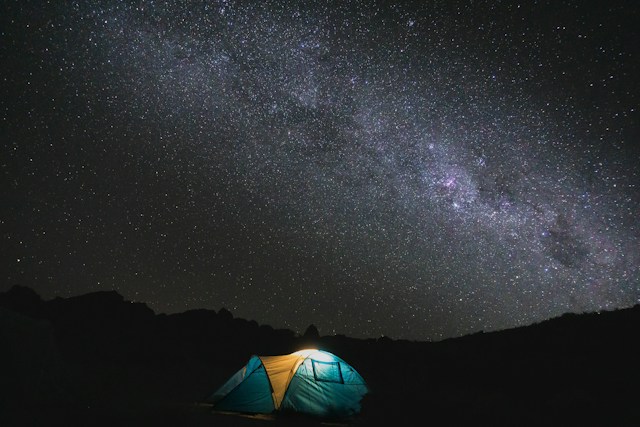Camping is deeply ingrained in Kiwi culture, offering a unique opportunity to connect with the stunning landscapes that define New Zealand. As the summer sun beckons, the North and South Islands become a canvas for outdoor enthusiasts, showcasing a diverse array of camping destinations. From the golden beaches of the Coromandel Peninsula to the rugged beauty of Fiordland National Park, this guide invites you on a camping odyssey through the scenic wonders that make Kiwi summers truly unforgettable. However, amidst the excitement, it’s crucial to remember the importance of careful planning, respect for nature, and adherence to local regulations. So, let’s embark on a journey through the picturesque campsites and explore the best tips for a safe and enjoyable off-grid camping adventure.
North Island Camping Odyssey:
Coromandel Peninsula:
Discover the diverse wonders of the Coromandel Peninsula, where pristine golden beaches, natural hot springs, and lush forests create a captivating backdrop. Shelly Beach TOP 10 Holiday Park, nestled on the shoreline, provides not just a base for exploration but a coastal retreat with modern amenities. Cathedral Cove’s arched rock formations are iconic and have been shown in multiple different movies- Please note that for the summer of 23/24, the walkway is NOT open to Cathedral Cove so it is only accessible by boat. The geothermally heated sands of Hot Water Beach are enchanting highlights waiting to be discovered.

Tongariro National Park:
Venture into the heart of the North Island at Tongariro National Park, where the Tongariro Alpine Crossing offers an otherworldly journey through volcanic peaks, emerald lakes, and rugged terrains. Tongariro Holiday Park is a gateway for campers, allowing an immersive experience in the park’s awe-inspiring beauty and the unique landscapes that define this UNESCO World Heritage site. When visiting Tongariro National Park it is important to check the weather and ensure you have the proper equipment otherwise it can be rather dangerous and people have lost their lives there before.
Whanganui National Park:
Unfold an extraordinary camping experience within the lush embrace of Whanganui National Park, where the Whanganui River meanders through dense forests and scenic waterways. For those seeking adventure, the multi-day Whanganui Journey by canoe or kayak offers a unique perspective, while the Whakahoro Campsite provides a tranquil riverside haven for campers looking to reconnect with nature.
Raglan:
Discover the laid-back coastal haven of Raglan, renowned for its world-class surf beaches and bohemian charm. Beyond the waves, the artsy town invites relaxation and exploration. Raglan Kopua Holiday Park, situated near the shore, beckons campers to a serene retreat where they can soak up the coastal ambience and delve into the vibrant local culture.
Whangarei Heads:
The Whangarei Heads region captivates with its rugged coastal scenery and secluded bays. The Bream Head Track promises panoramic vistas of the coastline and the Pacific Ocean. Ocean Beach Top 10 Holiday Park, perched near the beach, provides an idyllic setting for campers seeking a coastal escape with easy access to nature’s wonders.
Bay of Islands:
The Bay of Islands, with its 144 islands, historic sites, and pristine beaches, offers a rich maritime experience. Campers can explore the historic Waitangi Treaty Grounds, indulge in water-based activities, and unwind at Paihia TOP 10 Holiday Park—a convenient base for discovering the coastal beauty and cultural richness.
Taranaki:
Taranaki, dominated by the majestic Mount Taranaki, invites campers to explore a diverse landscape encompassing lush forests, surf-friendly coastlines, and vibrant gardens. Fitzroy Beach Holiday Park, situated by the coast, provides beachside camping, allowing visitors to immerse themselves in the region’s natural beauty.
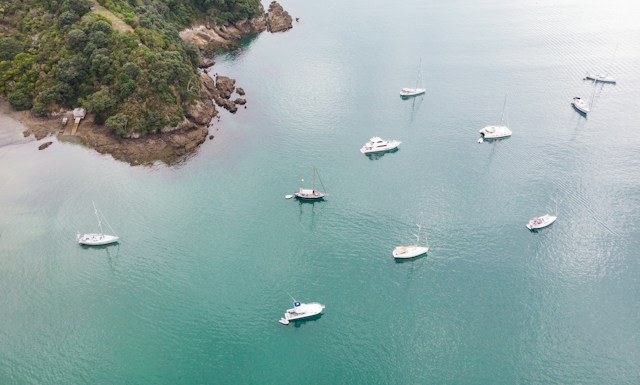
Hauraki Gulf Islands (Waiheke Island):
Waiheke Island, nestled in the Hauraki Gulf, offers a sensory delight with its vineyards, stunning beaches, and artistic community. Onetangi Beach TOP 10 Holiday Park serves as a peaceful retreat for campers looking to explore the island’s unique blend of relaxation and cultural experiences.
Kaimai-Mamaku Forest Park:
Adventure awaits in the Kaimai-Mamaku Forest Park, where native bush, waterfalls, and scenic vistas create a captivating natural backdrop. McLaren Falls Park invites campers to immerse themselves in the tranquillity of nature, offering a serene escape amidst the park’s natural wonders.
Waipoua Forest:
Encounter the ancient giants of Waipoua Forest, home to kauri trees, including the legendary Tāne Mahuta. Trounson Kauri Park Campground provides a unique camping experience, allowing visitors to connect with these towering symbols of New Zealand’s natural heritage.
Hawke’s Bay:
Explore the fertile landscapes and vineyards of Hawke’s Bay, where art deco architecture meets stunning coastal vistas. Cape Kidnappers, with its gannet colonies, and Te Mata Peak offer unique outdoor experiences. Cape View Motel and Holiday Park provide a comfortable base for exploring the region’s diverse attractions.
Rotorua:
Immerse yourself in the geothermal wonders of Rotorua, where bubbling mud pools and erupting geysers create a surreal landscape. Kuirau Park Motor Camp offers proximity to these natural marvels, providing campers with a unique blend of relaxation and exploration in this thermal wonderland.
East Cape:
Embark on a journey to the East Cape, where the first sunrise graces the shores of New Zealand. Camp Waikaremoana, situated near Lake Waikaremoana, offers a peaceful setting for campers to enjoy the beauty of the lake and explore the surrounding landscapes, including the sacred Maori site of Whaitiri. Please note that this location has limited communication and amenities so please check what is available where you are staying before you leave.
South Island Camping Odyssey:
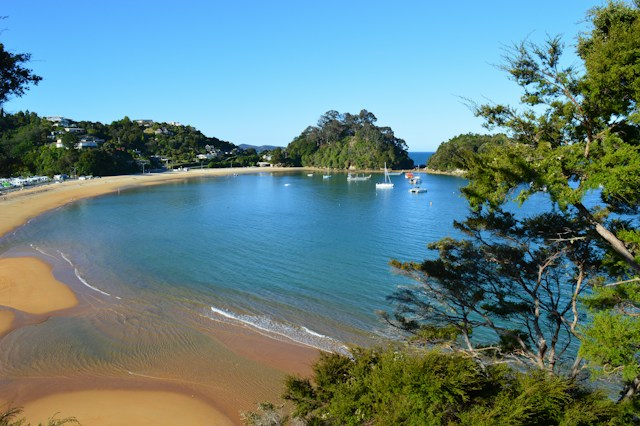
Nelson Lakes National Park:
Nestled amidst alpine lakes and rugged mountains, Nelson Lakes National Park provides a pristine playground for outdoor enthusiasts. Kerr Bay Campsite, located along the shores of Lake Rotoiti, offers a picturesque camping spot with stunning lake views and proximity to hiking trails. Be sure to visit the surrounding areas as well including places like Abel Tasman National Park which is also well worth a visit.
Otago Peninsula:
The Otago Peninsula unfolds with dramatic landscapes and diverse ecosystems, offering a haven for wildlife enthusiasts. Taiaroa Head, home to penguins and albatrosses, provides unparalleled wildlife viewing. Portobello Village Tourist Park is a comfortable base for exploring the peninsula’s natural wonders and historic sites.
Kahurangi National Park:
New Zealand’s second-largest park, Kahurangi National Park, unveils diverse landscapes, including the iconic Heaphy Track and the enchanting Oparara Basin. Brown River Campsite, surrounded by native bush, offers a camping experience immersed in the park’s natural beauty.
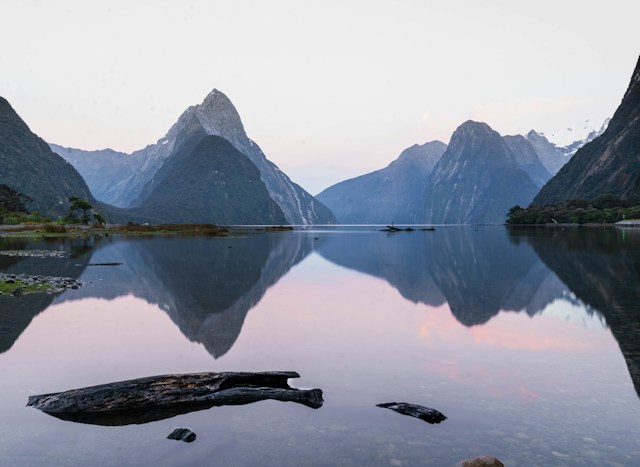
Fiordland National Park:
A UNESCO World Heritage Site, Fiordland National Park enchants the breathtaking grandeur of Milford Sound and Doubtful Sound. Milford Sound Lodge Campervan Park allows campers to immerse themselves in the heart of Milford Sound, surrounded by towering peaks and cascading waterfalls.
Abel Tasman National Park:
The golden beaches, crystal-clear waters, and the famous Coastal Track of Abel Tasman National Park offer an idyllic setting for camping. Totaranui Campground, nestled at the northern end, provides beachfront camping for those seeking the perfect blend of relaxation and outdoor exploration.
Mount Cook National Park:
Home to Aoraki/Mount Cook, Mount Cook National Park showcases New Zealand’s highest peak amidst alpine splendour. White Horse Hill Campground, situated at the base of several iconic hiking trails, offers campers a front-row seat to the awe-inspiring landscapes of the Southern Alps.
Kaikoura:
A coastal gem, invites visitors to witness the wonders of marine life, including whales, dolphins, and seals. Kaikoura Peketa Beach Holiday Park, perched by the shore, provides beachfront camping and easy access to the town’s renowned marine adventures.
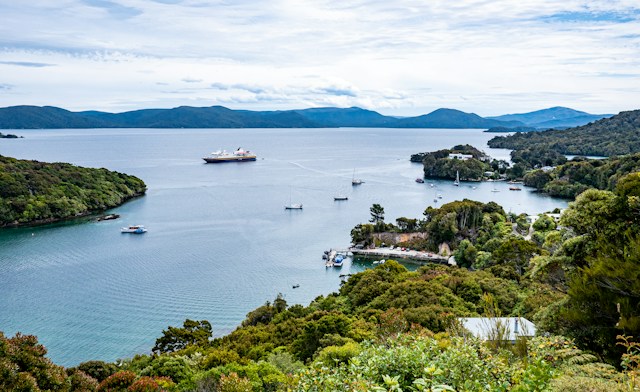
Stewart Island/Rakiura:
Stewart Island offers a serene and remote escape, with Rakiura National Park showcasing diverse landscapes and unique birdlife. Oban Campground, centrally located on the island, offers campers a peaceful retreat with easy access to hiking trails and pristine wilderness.
Arthur’s Pass National Park:
Arthur’s Pass National Park, the highest and most rugged pass across the Southern Alps, unveils diverse alpine landscapes. Klondyke Corner Campsite, nestled in the heart of the park, provides a camping haven surrounded by towering peaks and alpine beauty.
Lake Pukaki:
Lake Pukaki, renowned for its mesmerizing turquoise waters, captivates with views of Mount Cook and star-studded night skies. The Campground offers a tranquil lakeside setting, inviting campers to soak in the beauty of the Southern Alps.
Queenstown Lakes District:
The adventure capital, is nestled amidst the stunning landscapes of Lake Wakatipu and Lake Wanaka. Queenstown Lakeview Holiday Park provides a central base for campers to explore the town’s thrilling activities and breathtaking scenery.
Fiordland National Park (Dusky Sound):
Dusky Sound, a remote and picturesque fiord, beckons with its pristine beauty accessible by boat or on foot. Supper Cove Hut offers a unique camping experience for those exploring the Dusky Track and surrounding wilderness.
West Coast:
Experience the untamed beauty of the West Coast with its rugged coastlines, glaciers, and lush rainforests. Franz Josef TOP 10 Holiday Park, situated on the West Coast, offers a convenient base for exploration, allowing campers to discover the natural wonders of this wild and captivating region.
Catlins:
Explore the wild and rugged beauty of the Catlins, where dense forests, waterfalls, and unique wildlife await. Surat Bay Lodge Campground, located near the coast, provides a peaceful retreat for campers looking to immerse themselves in the natural wonders of this southern gem.
Hanmer Springs:
Hanmer Springs, renowned for its thermal hot springs and alpine landscapes, beckons adventure and relaxation seekers alike. Alpine Adventure Holiday Park, nestled in the mountains, offers a peaceful retreat with access to rejuvenating thermal pools and a gateway to the outdoor activities that define this charming town.
Westport:
Westport, situated on the west coast, is a gateway to outdoor adventures and historical sites. Carter’s Beach TOP 10 Holiday Park provides a comfortable base for campers looking to explore the nearby Denniston Plateau and Cape Foulwind Seal Colony.
Wharariki Beach:
Discover the remote beauty of Wharariki Beach, where towering sea cliffs, arches, and golden sands create a mesmerizing landscape. Wharariki Beach Holiday Park offers a unique camping experience near this coastal haven, allowing visitors to witness the rugged beauty of the northwest tip of the South Island.
Please note you will need to check availability and any requirements that may be occurring during this time.
Remember that there are always changes and also make sure that you check the weather and local conditions before you go!!!
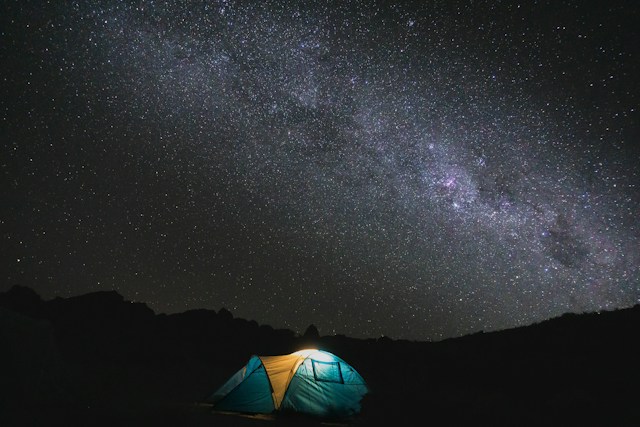
Best tips for when camping
Camping off the grid can be a rewarding and immersive experience, but it requires careful planning and preparation. Here are some tips to ensure a safe and enjoyable off-grid camping adventure:
Research Your Destination:
Before heading off the grid, thoroughly research your camping location. Understand the terrain, weather conditions, local wildlife, and any specific regulations or restrictions in the area.
Pack Essentials:
Ensure you have all the necessary camping gear, including a durable tent, sleeping bag, cooking equipment, and a reliable source of light. Pack extra batteries and consider bringing a portable solar charger for your electronic devices.
Water and Filtration:
Carry an ample supply of water, and consider investing in a quality water filtration system or purification tablets. This ensures you have access to safe drinking water throughout your trip. Remember that a simple way to minimise the use of drinking water you can use lake or river water to shower but make sure you are checking it is safe and you are not ingesting the water
Navigation Tools:
Bring a detailed map, and a compass, and consider a GPS device. Off-grid locations may lack clear trails, so having navigation tools is crucial for finding your way around. If you are going camping be sure to check the communication possibilities where you are and if necessary bring a form of communication like an emergency locator beacon (these are available to hire at some camping stores so be sure to check about that and remember it is best to pay and not need it then not pay and need it) and walkie talkies.
First Aid Kit:
Pack a comprehensive first aid kit that includes essentials like bandages, antiseptic wipes, pain relievers, and any personal medications. Be prepared for minor injuries and know basic first aid.
Leave No Trace:
Follow the principles of “Leave No Trace” to minimize your environmental impact. Pack out all trash, respect wildlife, and avoid damaging vegetation. Leave the natural surroundings as you find them.
Campfire Safety:
If campfires are allowed, practice safe fire management. Use a designated fire ring or build a fire on a fire-resistant surface. Keep fires small, never leave them unattended, and fully extinguish them before leaving. Please ensure you check the location’s fire rules by using this map provided by Fire Rescue NZ
Emergency Preparedness:
Be prepared for emergencies by carrying a basic survival kit, including a whistle, emergency shelter, multi-tool, and fire-starting materials. Make sure someone knows your itinerary and expected return date.
Food Storage:
Remember to check the requirements for the area. Check if there are any food storage facilities where you are going that you have the proper equipment to store your food and also that it will remain chilled the whole time.
Check Local Regulations:
Understand and comply with any rules and regulations specific to your camping location. Some areas may have restrictions on fires, camping zones, or wildlife interactions.
Test Your Equipment:
Before heading off-grid, test all your camping equipment to ensure it’s in good working condition. This includes setting up your tent, checking your stove, and making sure your sleeping bag is suitable for the expected temperatures.
Weather Preparedness:
Stay informed about the weather forecast for your camping area. Be prepared for changes in weather conditions and pack accordingly. This includes extra layers, rain gear, and cold-weather equipment if necessary.
Solo vs. Group Camping:
If camping alone, inform someone of your plans and expected return time. In a group, establish communication protocols and designate meeting points in case you get separated. If you are camping Solo some doc offices may allow you to inform them before you leave. Here are some other tips provided by some camping experts
Respect Local Wildlife:
Observe wildlife from a distance and avoid approaching or feeding them. Respect their natural behaviour and habitat to ensure both your safety and theirs.
Learn Basic Outdoor Skills:
Familiarise yourself with basic outdoor skills such as knot tying, map reading, and orienteering. These skills can be invaluable in off-grid environments.
Remember, the key to a successful off-grid camping experience is thoughtful planning and a deep respect for the environment. By following these tips, you’ll enhance your connection with nature while minimizing your impact on the pristine landscapes you explore.
As the summer unfolds in New Zealand, the allure of camping beckons, promising a tapestry of experiences from golden beaches to alpine peaks. The North Island introduces us to the geothermal wonders of Rotorua, while the South Island showcases the pristine beauty of Milford Sound and the dramatic landscapes of the Otago Peninsula. Yet, amid the adventure, it’s paramount to approach off-grid camping with thoughtful preparation and a commitment to environmental stewardship.
By adhering to the principles of “Leave No Trace” and embracing the best tips for off-grid camping, we can immerse ourselves in the beauty of these natural havens while ensuring a safe and sustainable experience. So, whether you’re tracing the footsteps of ancient kauri trees in Waipoua Forest or witnessing the first sunrise on the East Cape, let the spirit of camping in New Zealand become a harmonious dance with nature, leaving lasting memories etched against the backdrop of Kiwi summers.
